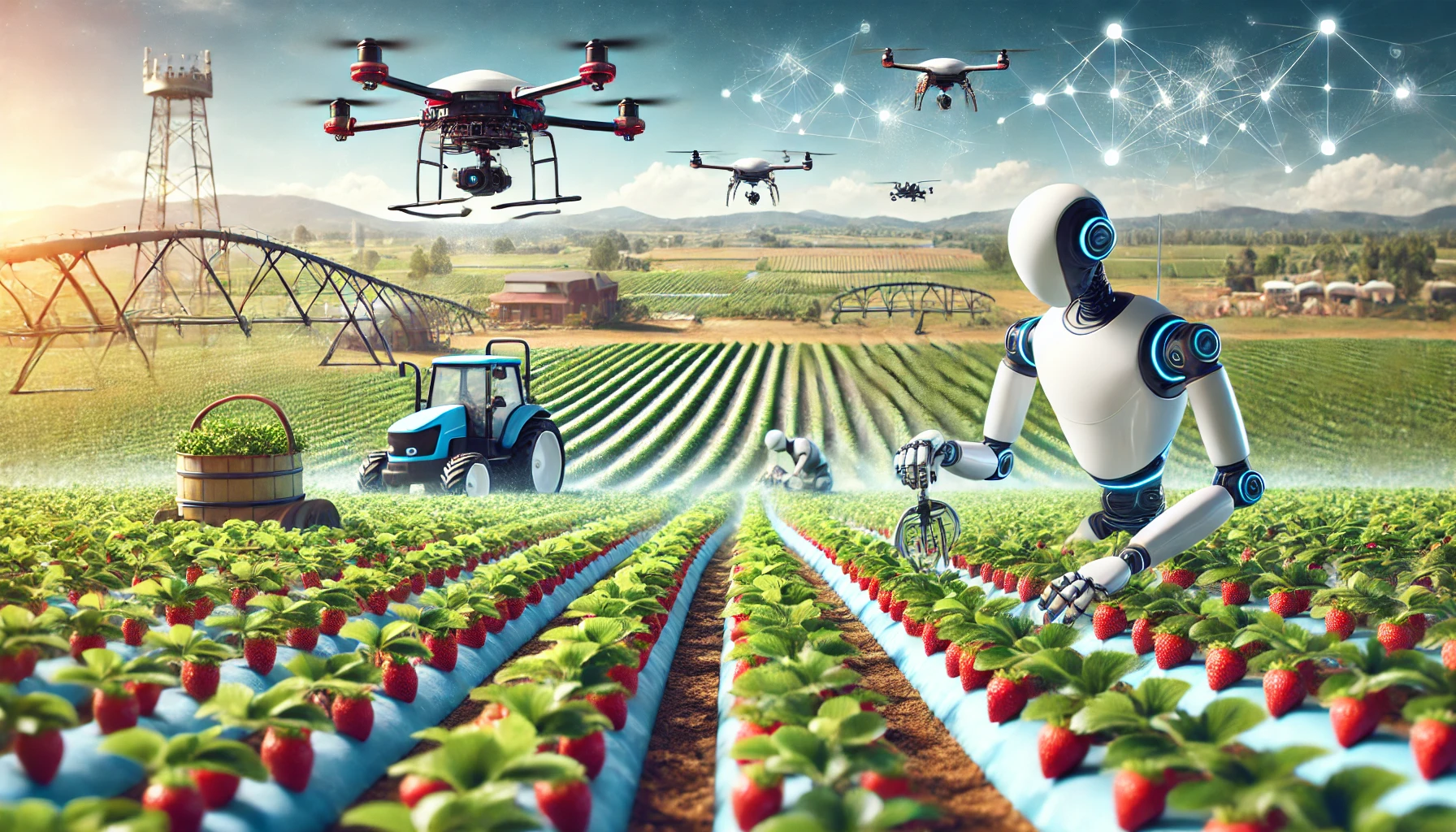Agricultural Revolution: How Robotics is Redefining Farming with Precision Agriculture

Robots in the Fields: The New Farmhands
Picture this: you're cruising through a massive cornfield, but instead of seeing farmers sweating it out under the sun, you spot robots rolling down the rows. No, you're not on the set of a sci-fi movie, this is the future of agriculture. Robotics in farming is no longer a far-off fantasy but a rapidly growing reality. From automated crop monitoring to fully autonomous harvesters, robots are transforming the agricultural landscape.
Precision Agriculture: Farming Gets a Tech Upgrade
At the heart of this agricultural revolution is precision farming, a tech-forward approach that uses data and automation to make farming more efficient. Sensors and GPS-guided systems allow farmers to monitor every inch of their fields, giving crops the kind of attention they deserve (and who doesn’t like a little extra love?). But it doesn’t stop at monitoring. Automated irrigation systems ensure that each plant gets just the right amount of water, reducing waste and increasing yield.
Real-World Applications: Robots Hard at Work
Let’s take a real-world example: meet the robotic strawberry picker. Traditionally, strawberry picking has been labor-intensive and time-consuming. Now, robots equipped with machine vision can identify ripe strawberries and harvest them with the precision of a master chef slicing the perfect avocado. Companies like Root AI have developed these robots, which are already being used in greenhouses to save time, labor, and even reduce damage to delicate crops.
Sustainability Through Robotics: A Greener Approach
Here’s where things get even cooler. Robotics isn’t just about getting the job done faster—it’s making farming more sustainable. Automated systems can track soil health, ensuring farmers only use the necessary amount of fertilizer. This means fewer chemicals leaching into the environment. Plus, drones can be used to plant seeds in hard-to-reach areas, minimizing soil disruption. Precision agriculture also helps reduce water usage, making farming more eco-friendly in an age where every drop counts.
What the Future Holds for Robotic Farming
So, what’s next? Well, as robotics continue to advance, we’re looking at a future where entire farms could be managed by fleets of robots, working 24/7 with little to no human intervention. While that might sound like something out of a futuristic dystopia, the reality is much more exciting. Farmers will be freed up to focus on high-level decision-making, and food production could become more efficient than ever before.
Conclusion: The Robot Revolution Is Just Beginning
Robotics in agriculture isn’t just a trend, it’s the next big leap in farming innovation. From robotic harvesters to automated irrigation systems, technology is driving sustainability and efficiency in ways we’ve never seen before. The best part? It’s only getting better. So, next time you’re enjoying a bowl of fresh strawberries, remember: a robot might have picked them for you. What are your thoughts on the rise of robotics in farming? Do you see it as a positive change for the future of agriculture?



